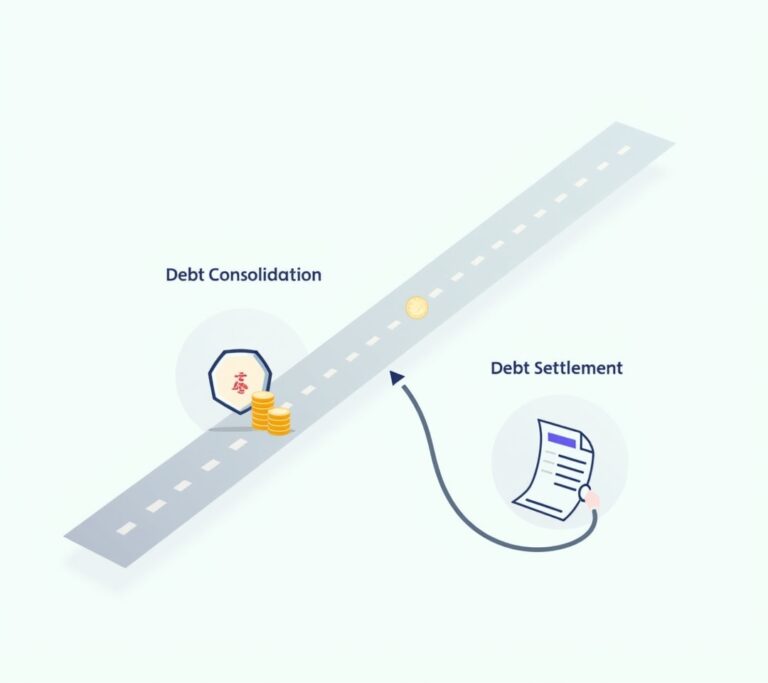Advertisements
Remember that sinking feeling when you realize your credit card balance has gotten way out of hand? Yeah, I’ve been there – actually, I was drowning in about $12,000 of credit card debt across three cards back in 2019. The interest charges alone were eating up nearly $200 every month!
Here’s the thing though: discovering balance transfer cards literally saved my financial life. After doing some serious research and making a few mistakes along the way, I managed to pay off all that debt without paying another penny in interest. So let me share what I learned about finding the best balance transfer cards, because honestly, it can feel like navigating a maze if you don’t know what to look for.
What Makes a Balance Transfer Card Worth Your Time

First off, not all balance transfer cards are created equal – trust me on this one. When I started looking, I got dazzled by all the fancy rewards programs and totally missed what really mattered. The best balance transfer cards typically offer 0% APR for anywhere from 12 to 21 months, and that promotional period is absolutely crucial.
Here’s what I learned to look for after some trial and error:
- Length of the 0% APR period (longer is obviously better)
- Balance transfer fees (usually 3-5% of the amount transferred)
- Credit score requirements
- Regular APR after the promotional period ends
- Any rewards or cashback programs (nice bonus, but not the main focus)
One mistake I almost made was applying for a card with great rewards but only a 6-month intro period. Thankfully, my buddy who works at a bank pointed out that I’d never pay off my balance in time – sometimes having knowledgeable friends really pays off!
The Top Contenders I’ve Actually Used
Now, I’ve personally used three different balance transfer cards over the years, and each one taught me something new. The Citi Simplicity Card was my first love – 21 months of 0% APR gave me plenty of breathing room. Plus, they don’t charge late fees, which was perfect for scatter-brained me who occasionally forgets due dates.
Then there’s the Chase Freedom Unlimited, which I got for my wife’s debt. While the 0% period was shorter at 15 months, we loved earning 1.5% cash back on everything after paying off the balance. It basically became our everyday card.
Most recently, I helped my sister get the Wells Fargo Reflect Card. With potentially 21 months of 0% APR (if you make minimum payments on time), it’s given her the time she needs to tackle her student loan credit card debt – yeah, she made the mistake of paying tuition with plastic.
The Nitty-Gritty of Balance Transfer Fees
Okay, here’s where things get a bit tricky, and I’ll admit I got burned here initially. Balance transfer fees are basically the cost of moving your debt, and they usually run between 3% and 5% of whatever amount you’re transferring. So if you’re moving $10,000, you’re looking at $300-$500 right off the bat.
But here’s the math that convinced me it was still worth it: I was paying about $200 monthly in interest charges. Even with a $400 transfer fee, I’d break even in just two months! After that, every month of 0% APR was pure savings.
Some cards occasionally offer no balance transfer fee promotions, but honestly, these are getting rarer than a unicorn sighting. When you do find one, you usually gotta act fast – like within 60 days of opening the account.
Making Your Balance Transfer Actually Work
Getting approved for a balance transfer card is just the beginning – trust me, I learned this the hard way. You absolutely need a payoff plan, or you’ll end up right back where you started when that promotional period ends.
Here’s my simple strategy that actually worked: divide your total balance by the number of 0% months minus one. That extra month gives you a buffer for life’s surprises (car repairs, anyone?). Then set up automatic payments for that amount.
Also, and this is super important – stop using the cards you transferred balances from! I made the rookie mistake of keeping them in my wallet “for emergencies” and ended up with new balances on them. Now those cards live in my sock drawer, frozen in a block of ice (seriously, it works).
Financial Freedom Tier List

Look, I know dealing with credit card debt feels overwhelming – I’ve lost plenty of sleep over it myself. But balance transfer cards really can be a game-changer if you use them strategically. The key is picking one with a long enough 0% period, creating a realistic payoff plan, and sticking to it like your financial life depends on it (because it kinda does).
Before you apply for anything though, check your credit score and be honest about how much you can realistically pay each month. Remember, these cards are tools to help you get out of debt, not excuses to rack up more.
If you found this helpful and want to learn more about managing your money without the confusing jargon, check out other posts on The Clear Cents. We’re all about making cents of your finances – see what I did there? – and helping you build a better financial future, one smart decision at a time.



